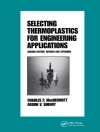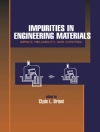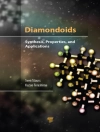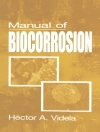This book presents a comprehensive range of research on pulsed electric energy used in food processing, including sections on the fundamentals of electroporation and important techniques for the estimation of electroporation effects in various foods and biomass feedstocks. By focusing on application over theory, this book presents researchers with practical steps for processing techniques such as solid-liquid extraction, pressing, osmotic dehydration, drying, freezing and cooking. Special interest is given to the selective recovery and extraction of sugar, inulin, starch, proteins, polysaccharides, polyphenols, pigments, flavor compounds, phytochemicals and other of high-value components from food biomasses such as fruits and vegetables, leaves, herbs, mushrooms, microalgae and suspensions of cells.
Processing of Foods and Biomass Feedstocks by Pulsed Electric Energy presents a singular overview of the biorefinery applications of pulsed electric energy for the processing of wastes and non-food biomasses such as root and tuber crops, grape waste, lignocellulosic biomass, oil crops and residues and seeds and peels of exotic and citrus fruits. The book begins by presenting general information on the fundamentals of electroporation and information on the procedures and protocols involved. Further chapters focus on the specific food processing operations involved and biorefinery applications for the processing of wastes and non-food biomasses. All of the relevant and up-to-date information any researcher needs on pulsed electric energy in food processing is presented here in this text.
Содержание
Introduction.- Historical background of processing of foods and biomass feedstock’s by electricity and pulsed electric energy.- Fundamentals of electroporation, theory and existing mathematical models for simulation of PEE processing.- Techniques to detect electroporation.- Pulse generators and producers of equipment.- Solid/liquid extraction and expression.- Drying.- Cooling, freezing, thawing and crystallization.- Fruits: apple, tomato, and citruses.- Sugar crops.- Potato and carrot crops.- Grapes and residues of wine industry.- Biomass feedstocks.
Об авторе
Eugene Vorobiev is a full Professor of the Chemical Engineering Department and a head of the laboratory for Agro-Industrial Technologies at the Université de Technologie de Compiègne (UTC), France
Nikolai I. Lebovka is a full professor of physics in the Physics Department at the Taras Shevchenko National University of Kiev












